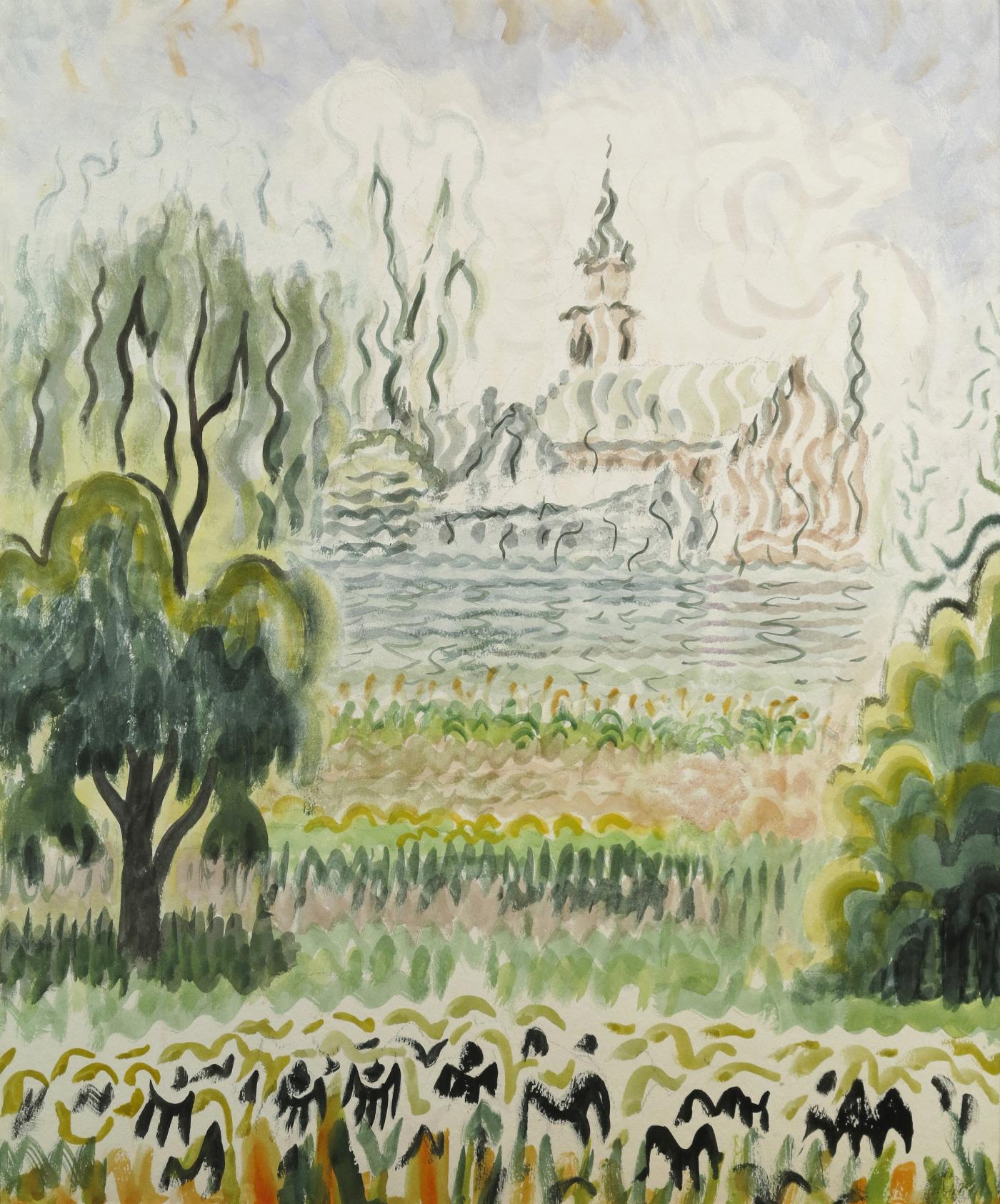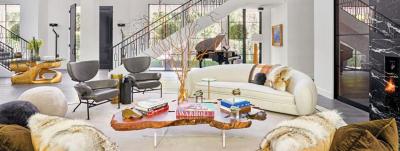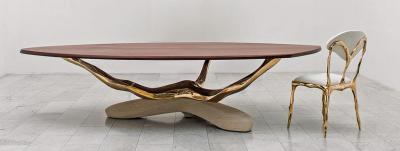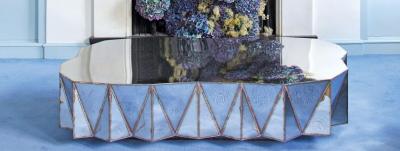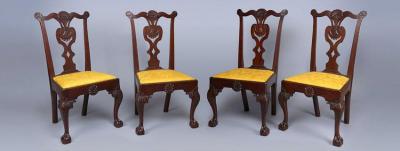Charles Burchfield’s Wallpaper Designs to Go on View at the Arkell Museum
A wildly inventive artist, Charles Burchfield’s distinct depictions of nature are bursting with luminous colors, sinuous lines, and dynamic patterns. While many people are familiar with these romantic, energetic, and often fantastic watercolors, few are familiar with Charles Burchfield’s equally captivating wallpaper designs.
Born in 1893 in Ashtabula, Ohio, Burchfield spent most of his childhood in Salem, Ohio. Enamored with the nearby forests and meadows, Burchfield spent hours walking through the woods, which spurred a life-long reverence for the natural world. After studying at the Cleveland School of Art from 1912 to 1916, Burchfield returned to his hometown and began painting the countryside in his medium of choice -- watercolor. During this time, Burchfield cultivated his singular and incredibly unique style, capturing the elements, including wind, light, and the atmosphere, in simple forms that radiated with energy and emotion.
In 1921, Burchfield moved to Buffalo, New York, where he took a job as a wallpaper designer for M.H. Birge & Sons Company, eventually becoming one of the manufacturer’s most popular designers. In fact, Burchfield’s designs were such a hit that they began printing his name in the selvage. While Burchfield’s early designs were based on the watercolors he created in Salem, his later works for M.H. Birge & Sons were either company determined variations on traditional themes or fanciful designs based on Burchfield’s deeply personal view of nature.
In 1929, Burchfield left M.H. Birge & Sons to pursue painting full time. Influenced by Buffalo’s urban environment, Burchfield adopted a more Realist approach to painting, often capturing the city’s street, harbors, and industrial areas. He began showing his work at New York City’s Montross Gallery and later with Frank Rehn Galleries, ultimately catching the eye of museum curators. The Metropolitan Museum of Art purchased one of Burchfield’s watercolors for its permanent collection and a solo exhibition at the Museum of Modern Art quickly followed. In the early 1940s, Burchfield returned to his interest in the natural world and worked tirelessly to create works that not only captured nature as he saw it, but as he felt it. The result is a sensual, mystical body of work that lasted until Burchfield’s death in 1967.
On June 26, 2015, the Arkell Museum in Canajoharie, New York, will present the exhibition Surrounded: Sampling Burchfield's Wallpaper. The show will include color variations of wallpapers produced with rollers, original painted designs for wallpapers, and coordinating fabrics known as cretonnes. The exhibition also features panels from the complex, block-printed scenic wallpaper, Country Life and the Hunt (c. 1922-1924) that had been removed from its original installation in a home in New England and subsequently restored. The exhibition, which is on view through September 25, 2015, provides a unique snapshot of Burchfield’s career before he emerged as one of the leading figures in American landscape painting.
Surrounded: Sampling Burchfield's Wallpaper was organized by the Burchfield Penney Art Center in Buffalo, which features the largest public collection of works by Burchfield.
















